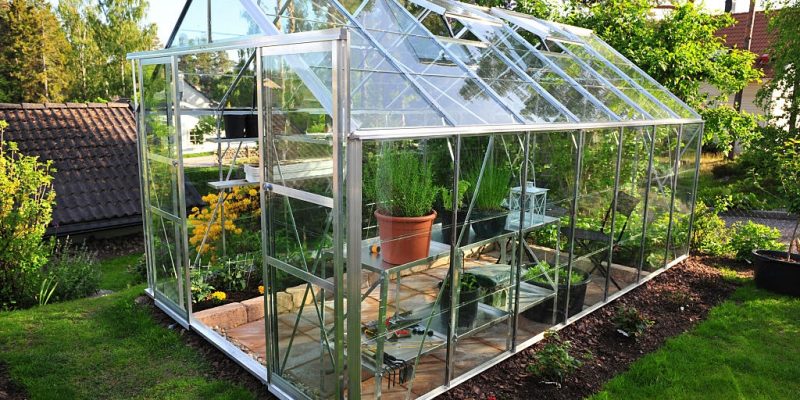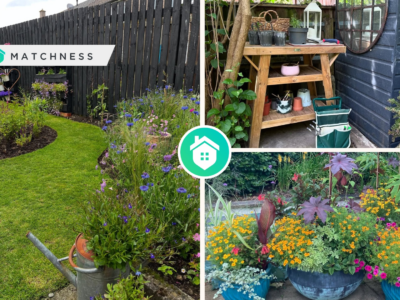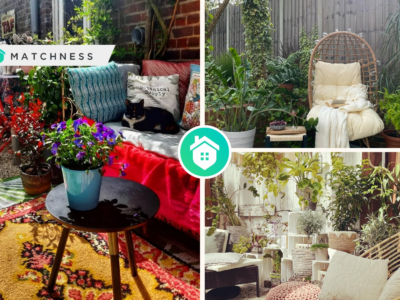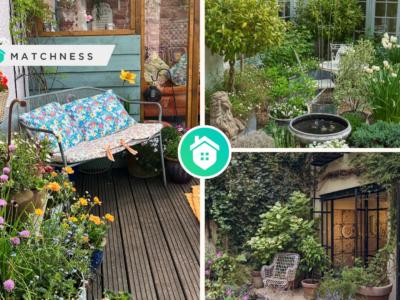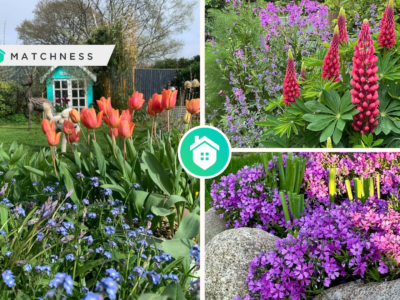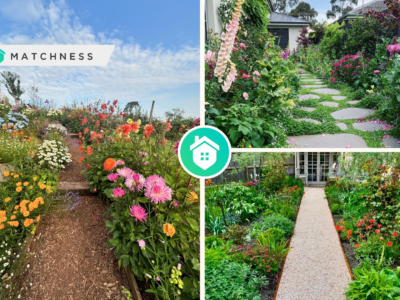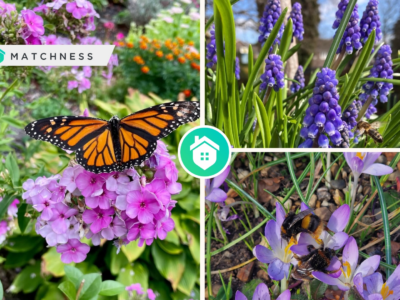Advantage of Using Plastic material instead of Glass to Build Your Greenhouse
- Lightweight and durable
- Designed to resist harsh weather conditions
- Easily moldable for construction purpose
- Good at trapping heat and moisture well
- More affordable than glass
Comparing the Different Classes of Greenhouse Plastics – And Why Plexiglass is the Best?
Here are some common types of plastic materials used in the building DIY greenhouses:- Polyethylene
- Polycarbonate
Basic Tools and Materials that are required to Build A DIY Greenhouse
- Greenhouse frame and structure hardware (e.g. nuts, bolts and brackets)
- Covering – have you decided amongst the 3 common covering materials?
- Tape measure
- Leveling tools
- Drill driver
- Screwdriver
- Hammer
- Circular saw
- Safety glasses, ear protection
Simple Steps to Building a DIY Greenhouse
- Get Approval – Yes it may be your backyard but do make sure to do your due diligence and check if any building permits are required before you start on the project!
- Selecting Your Site – You will need enough sunlight from the winter sun for your greenhouse to function correctly. So, when building, make sure you take into consideration the angle of sunlight shining into your garden and find the spot with the most uninterrupted sunlight. It needs at least 6 hours of sunlight even during the winter months!
- Create a Level Area – if your backyard already has a level area that is great! If not, you will need to create one for your greenhouse to sit on!
- Building a Frame – choose between metal and wood frames and build the supporting structure around the area designated for the greenhouse. Build up the frame wall by wall before attaching them together! Followed by the roof.
- Cover Up – Using your choice of covering materials, start to cover up the frame and make sure every nook and cranny is accounted for. You do not want any holes or cracks where the cold winter frost can get it.
- It is Moving Time – It’s time to move your garden into your DIY greenhouse! Make sure you take the time to slowly acclimatize them to the new “indoor” environment before the winter season!
Some Tips to Maintain Your Greenhouse
- Make sure your plastic panels or sheets of the greenhouse is clear and clean to allow enough sunlight into the interior
- Regularly check for gaps or cracks in your coverings – and patch them up!
- Clear organic matter away regularly from the greenhouse to prevent spreading of diseases or pests within the greenhouse.


